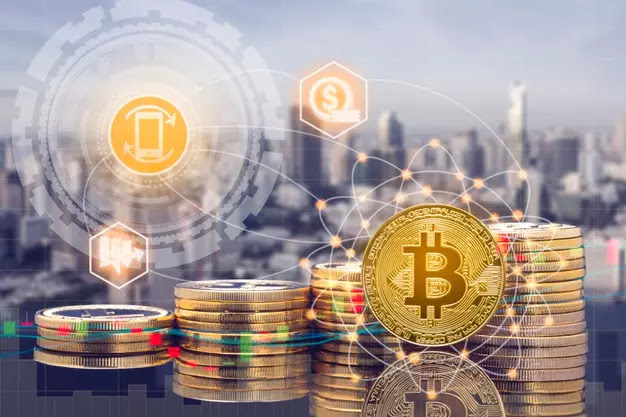Bitcoin offers its users many advantages, but perhaps the most important one is an unprecedented level of freedom. And that freedom comes in many different ways: financial freedom from not having to rely on existing infrastructure, for sure, but also the mental freedom of being in control of your own funds and technology.
Financial freedom is the dream of nearly everyone. Something that just a few years ago seemed practically unattainable by the average Joe has today become somewhat more realistic thanks to the power of cryptocurrency.
After getting introduced to the concept of crypto and learning how to buy Bitcoin most people quickly start to trade their coins in hopes of making more profit. For most, there is not a strategy – just buying into the hype and selling when there is panic. As a result, most people lose money in the market.
However, there is a group of people that have managed to find the golden lining between trading, earning, and completely living off their crypto profits. While this group is small, it is certainly possible to attain this level with consistency and determination. And in this article, we outline exactly how they do it.
The difference between bitcoin and currency freedom
The fiat currency you have in your wallet or in your bank account represents a certain value. For example, a 20 euro bill is “worth” 20 EUR. Or that is what the financial institutions tell you anyway, as there is no way for the everyday consumer to verify how much their piece of paper is actually worth.
Granted, the bitcoin price is currently denominated in various local currencies, which is also a positive thing. Even though bitcoin itself is a borderless payment method to send and receive money, it still has to be converted to fiat currency in most countries before it becomes usable. This level of financial freedom allows anyone in the world to send value to anyone else on this planet, and they can convert it to fiat currency or store it in BTC, depending on their preferences.
At the beginning of 2017, bitcoin was still worth less than $1,000 and all the quaint, confused expectations about the cryptocurrency were still intact: It would, as Satoshi Nakamoto wrote in his (or her, or their) manifesto, make financial transactions cheap, fast and secure without requiring people to give up too much information. But as money piled in and the price rocketed -- fivefold, tenfold, almost by a factor of 20 -- it turned out that these dreams didn't work out at scale.
Move toward financial freedom
Banks and financial institutions have been slowly weaving a cocoon, tying people into using their services without any alternatives. And for most consumers, that works perfectly fine, as they are more than happy to stick to what they know. After all, if the system isn’t broken, why try to fix it, right? But bitcoin does offer a viable alternative. But in order to achieve true financial freedom, a critical mass of bitcoin adoption first must be achieved.
Most of that stems from force of habit: The current financial infrastructure has created this for the consumer. Over the past 50 years, consumers went from being conditioned to use cash to pay for goods and services to using bank and credit cards. The next evolutionary step will be mobile payments, which are still linked to your bank account but in the future will no longer require you to carry either cash or a card on you.
Financial freedom is for the patient.
Most traders try to perform multiple trades per day, especially when they are having a positive streak. But this is not always the best thing to do. You see, if we take some of the most popular cryptocurrencies as an example (BTC or ETH), chances are that you would have made the most profit by simply holding onto them from the moment you bought them.
This is where HODL comes from and has increased in popularity. It simply refers to people who buy and hold onto their coins until they increase in value enough for them to sell
Once you sense that a bull market is approaching, you might be better off holding onto your funds instead of trading them. Once a bear market is approaching, you might consider trading to increase your positions. If the market is very unstable, you could just into a stable coin, which you will hold onto until the situation clears.
Key takeaway – Don’t trade too much, especially not in bull markets. Chances are that the profits you could make by simply holding onto your coins exceed the potential trading profits.
Small amount compounded
It may be hard to predict a 30% gain on a particular cryptocurrency, but a 3% seems more reasonable. A much-awaited announcement, maybe? Or is it rather a new hype-wave building over Twitter? The reasons may be many but, usually, a 2-5% gain is predictable simply by following charting patterns or exploring the market sentiment.
At that point, you might want to look into trading with leverage. Note that this practice is extremely risky but increases your odds of earning big when betting on small percentage movements.
Here is an example: If you trade 100$ on spot markets, a 3% gain would give you 3$. If you now take the same trade with a 10x leverage, suddenly your 3$ becomes 30$ and so forth. Leveraged trades can go up to x125 but are extremely risky since a potential loss would also multiply by the added margin level.
Even when trading in spot markets, however, your profits can compound. As your portfolio grows, your entries will grow as well. And with higher entries, you have the potential to earn more money.



